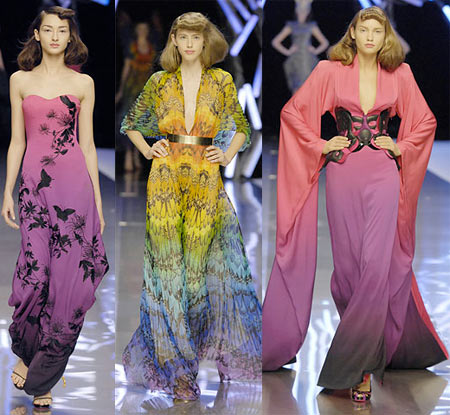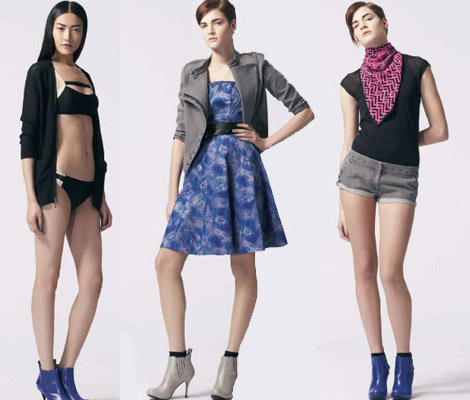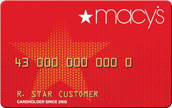

The stride gum "spit it out adventure" ad campaign is quite interesting to me. Stride is selling and marketing gum, and these ads depict stride sending out a team of people to hunt down those who have been chewing the same piece for too long, and make them spit it out. Of course they use humorous and unconventional ways of forcing these people to spit out their gum to make the ads funny, but the underlying message is what really gets me thinking. Stride's main goal is to sell gum. These advertisements show that Stride gum is simply TOO high quality, and once you start chewing it, there's no reason to stop because it NEVER loses it's flavor. For this reason, the same company that created the gum must go out and right the world by forcing people to spit out their old gum. I think that's enough to atleast spark a little curiosity in consumers about the actual life of a piece of Stride gum and motivate consumers to purchase it. Good job stride!
























